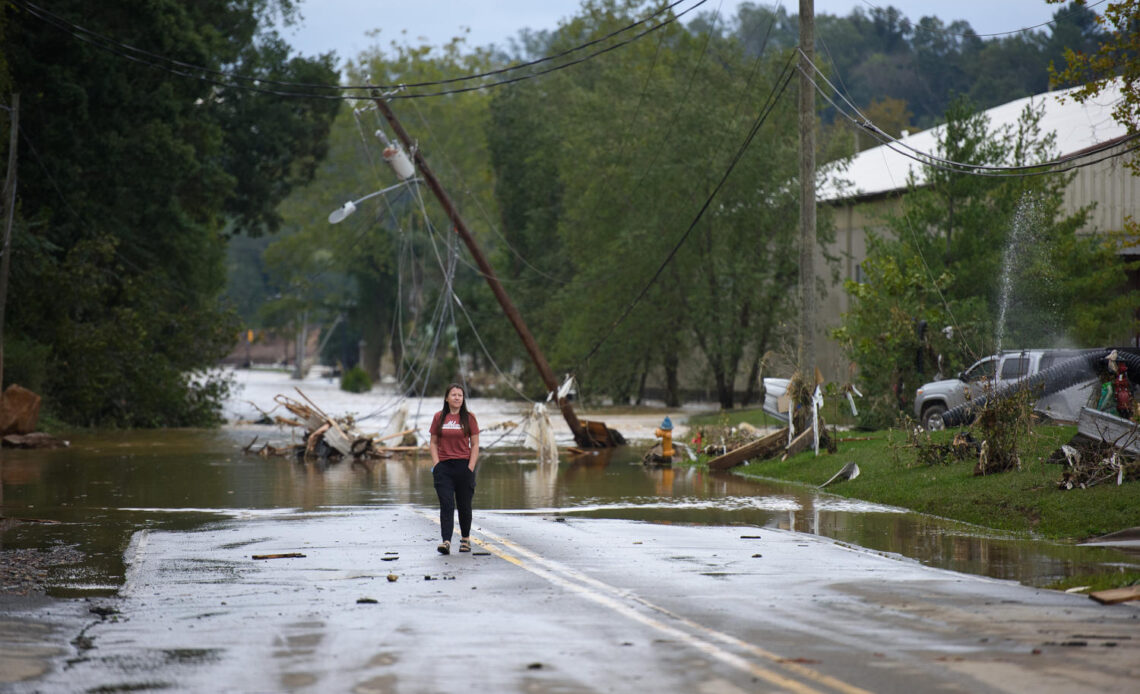Before Hurricane Helene began ravaging swaths of the southeastern U.S., Amanda Wright had expected a little rain and maybe some flooding to hit the area around Knoxville, Tennessee, where she lives.
It wasn’t until friends more than two hours away in Asheville, North Carolina, started posting warnings to Facebook that Wright realized how dangerous the storm could be.
“It seems like you just never really know who to believe,” Wright, 32, said. “There’s so much information out there that you don’t really know who to trust.”
Wright and millions of other Americans face an information ecosystem far different from the 1950s, when the U.S. government started making public predictions of hazardous weather. And despite advancements in the science of forecasting and the introduction of smartphones that can deliver accurate warnings directly to users, the urgency of such warnings can often get lost in rapid-fire social media feeds or be undercut by widespread skepticism of the government and the media.
Hurricane Helene’s deadly path took shape days before the Category 4 storm made landfall in Florida’s Big Bend region late on Thursday, Sept. 26.
Scientists with the National Weather Service and the National Hurricane Center began sounding the alarm as early as Sept. 23. In a YouTube video posted that morning, the National Hurricane Center’s deputy director, Jamie Rhome, described a tropical cyclone that would “briskly develop” into a hurricane. Monday night, the National Weather Service posted on X that heavy rain and powerful wind gusts would hit the Southeast later in the week.
On Wednesday, the National Weather Service sent out a “rare” news release urging the media to continue focusing on the catastrophic nature of Hurricane Helene. It was part of a broader strategy to connect directly with the public and leverage relationships with local governments and media partners, said David Novak, director of the NWS’ Weather Prediction Center.
That day, North Carolina’s governor declared a state of emergency, as did Buncombe County, which had already begun seeing heavy rains and warning of dire storm conditions and would be one of the hardest-counties in the state.
“It is not common for the National Weather Service to use words like ‘catastrophic’ to describe forecasts,” Buncombe County Manager Avril Pinder said at a news conference Thursday morning. “When they do that, we should all take heed.”
The situation had grown…
Click Here to Read the Full Original Article at NBC News Top Stories…

